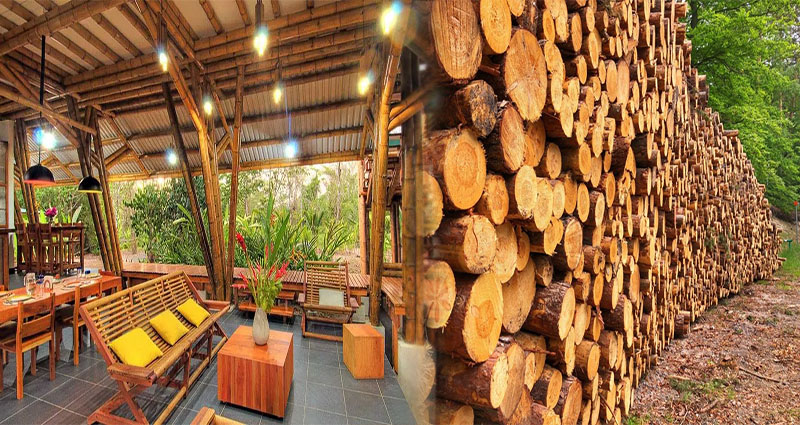Sustainable buildings are on the rise as environmental concerns continue to grow. Architects and builders are now more focused on constructing eco-friendly buildings that reduce carbon footprint and preserve natural resources. One crucial aspect of sustainable building practices is the use of eco-friendly construction materials. These materials not only contribute positively to the environment but also offer several long-term benefits. In this article, we will explore some of the top eco-friendly construction materials that can be used for sustainable buildings.
1. Recycled Steel
Recycled steel is an excellent option for sustainable construction. By utilizing steel from recycled sources, this construction material reduces the need for extracting and producing new steel, which significantly reduces energy consumption and greenhouse gas emissions. Recycled steel can be used in various aspects of construction, including building frames and foundations, providing durability and structural integrity to sustainable buildings.
2. Bamboo
Bamboo is a highly sustainable and rapidly renewable material for construction. It grows quickly, requiring minimal water and pesticides, making it an environmentally friendly alternative to traditional wood. Bamboo can be used in many applications, such as flooring, wall panels, and furniture. Its strength and versatility make it an ideal choice for sustainable buildings.
3. Recycled Plastic Composite
Recycled plastic composite materials are made by combining recycled plastic with another material, such as wood, to create a durable and eco-friendly construction material. These materials possess excellent strength and can be used for decking, fencing, and exterior cladding. By incorporating recycled plastic into the construction process, we can reduce plastic waste while providing a sustainable solution.
4. Rammed Earth
Rammed earth construction involves using a mix of soil, gravel, sand, and stabilizers to create solid walls. This ancient technique is experiencing a resurgence due to its sustainability and energy efficiency. Rammed earth walls provide excellent thermal insulation properties, reducing the need for heating and cooling systems, thereby saving energy. Additionally, the materials used are naturally available, minimizing the environmental impact.
5. Cork
Cork is a versatile and renewable material derived from the bark of cork oak trees. It is widely used for flooring, wall insulation, and even as an alternative to traditional roofing materials. Cork has excellent thermal and acoustic properties, making it an ideal choice for sustainable buildings. The harvesting of cork is also environmentally friendly, as it does not harm the trees, which continue to grow and regenerate the bark.
6. Photovoltaic Cells
While not strictly a construction material themselves, photovoltaic cells are an essential component of sustainable buildings. These cells produce electricity from sunlight, allowing buildings to generate their own renewable energy. By integrating photovoltaic cells into the design and construction process, sustainable buildings can greatly reduce their reliance on non-renewable energy sources.
The use of eco-friendly construction materials plays a vital role in creating sustainable buildings. These materials not only reduce the environmental impact but also provide long-term benefits such as energy efficiency and durability. Incorporating recycled steel, bamboo, recycled plastic composite, rammed earth, cork, and photovoltaic cells into construction projects can move us closer to a more sustainable future. By embracing these eco-friendly materials, we can construct buildings that are both environmentally responsible and aesthetically pleasing.












